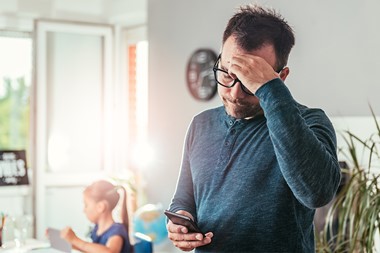From 20 April 2020, you might be able to get up to $10,000 from your super. Plus, you might be able to get other money from your super fund.
Here is everything you need to know about getting your super.
1. What Super have I got?
- Check your annual statements or check online with your super fund(s)
- Check your MyGov account for lost super
- Get help to track down your old super. We can help you.
2. How much can I get out?
From the COVID-19 announcement, you can get up to 2 x $10,000
3. When can I get it?
- 1st $10,000 – between 20 April and 30 June 2020
- 2nd $10,000 – between 1 July and 24 September 2020
4. Am I eligible for the Covid-19 super payments?
You can get the 2 super payments if you are:
- unemployed;
- eligible for JobSeeker payments, youth allowance, parenting payments, farm household allowance or special benefits;
- stood down, made redundant or your working hours are cut by 20% from January; or
- a sole trader & your business stops, or turnover reduces by 20%+ from January.
5. How do I apply?
- Log onto your MyGov account with the Australian Tax Office & fill in the application form
- If you don’t have a MyGov account, create one or call the ATO
- Make sure your super fund(s) have your updated bank details
- Wait for the decision from the ATO.
6. How long will it take?
- You & the super fund(s) will be notified of the decision within a few days (although it could take a bit longer)
- If successful, a fund can’t ask for any more documents & must pay the money into your nominated account.
7. Is there any tax?
- The COVID-19 super payments are tax-free
- Some super lump sum payouts count towards the Centrelink assets test.
8. Can I get any other super out?
- The COVID-19 super payments are separate to other early releases of super.
- For example, if you:
- have been on Centrelink for 26 weeks +;
- need money for mortgage repayments, palliative care or funeral expenses;
- are permanently incapacitated or terminally ill; or
- are a temporary resident leaving Australia permanently;
…you might be able to get out some or all of you super (but often minus some tax)
9. Should I do it? What’s the downside?
- If you take money out of your super now, it will reduce your retirement savings later.
- Your retirement payout could be reduced by a lot more than the $10,000 or $20,000 taken out now
- So, if you need the money to pay debts or your mortgage repayments, first check:
- if you can get a debt waiver or repayment suspension from the bank or credit provider;
- if you have consumer credit insurance covering unemployment;
- what entitlements you might have to Centrelink income supplements & lump sums or under the JobKeeper program; and
- get advice.
10. What about insurance in super?
- If you have a disability and can’t work, your super might also include:
- monthly payments (income protection); and
- lump sums (Total & Permanent Disability & terminal illness)
- TPD and income protection cover depends on what insurance you had in your super when you stopped work
- You can have more than 1 claim
- If you take out all the money in your super, you will lose insurance cover for any future disability or death
- It’s important to get help to check
Help
Contact Berrill & Watson for FREE advice & help with withdrawing your super & to check what insurance you might be able to claim
VIC – 03 9488 8048
QLD – 07 3013 4300
Anywhere else in Australia – 03 9488 8048
Email: [email protected]
Contact National Debt Helpline for advice on your debt repayment & management options
Phone: 1800 007 007
Web: www.ndh.org.au
Check the Moneysmart website for advice on whether to take out your super
Other articles related to COVID-19
You may also find these articles helpful during the current crisis.

